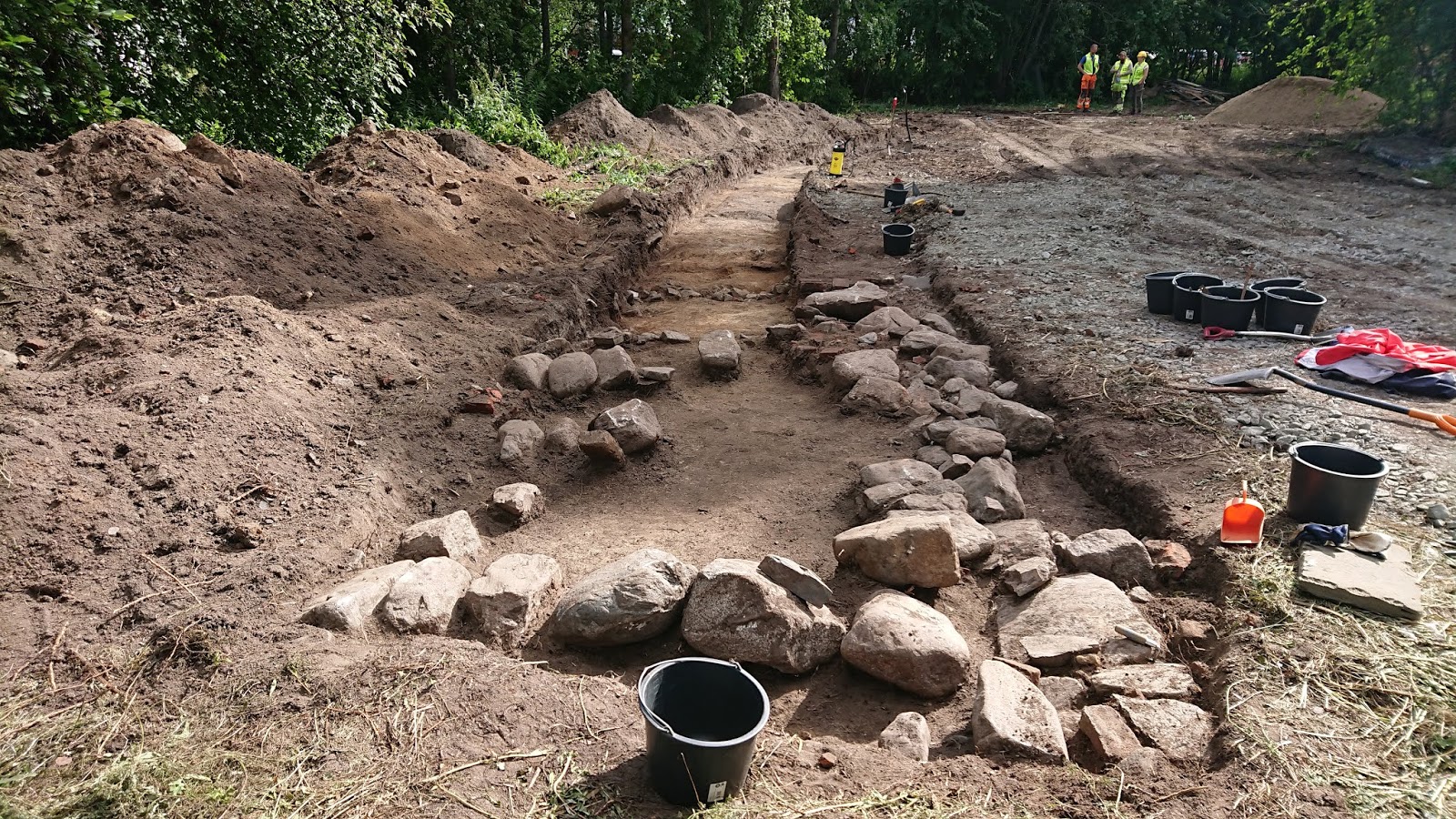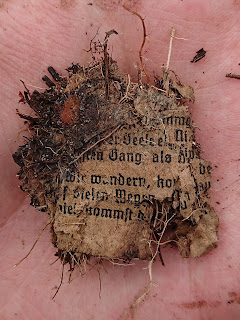Returning from the Field

After a long field season, the snow eventually falls and it's time to return from the field. This doesn't mean that all the work would be over though - on the contrary, it only marks the beginning of the more time consuming part of the research. There are multiple steps of work that follows excavations and I don't even try to cover all of it. Instead, in the following posts, I'll give a few examples on the tasks I've been working with recently. To start with the most obvious, one of the most exciting steps after returning from the field is to dive into all the finds gathered over the days or weeks of hard labor. As there rarely is enough time to see every find on the field, it's always interesting to see the big picture when returning to the finds afterward. As each find is typically packed separately, there often is a mountain of paper bags to dig through. After they are organized based on the location and layer of the finds within the excavation t...














